NIL
AJ Dybantsa Makes Big Move on Wednesday to Expand His $4.1 Million NIL Portfolio
AJ Dybantsa Makes Big Move on Wednesday to Expand His $4.1 Million NIL Portfolio originally appeared on Athlon Sports. Although the next college basketball season feels like it’s years away from starting, BYU’s No. 1 overall recruit, AJ Dybantsa, has already proven he is a star. Advertisement This past week, he helped lead a star-studded […]
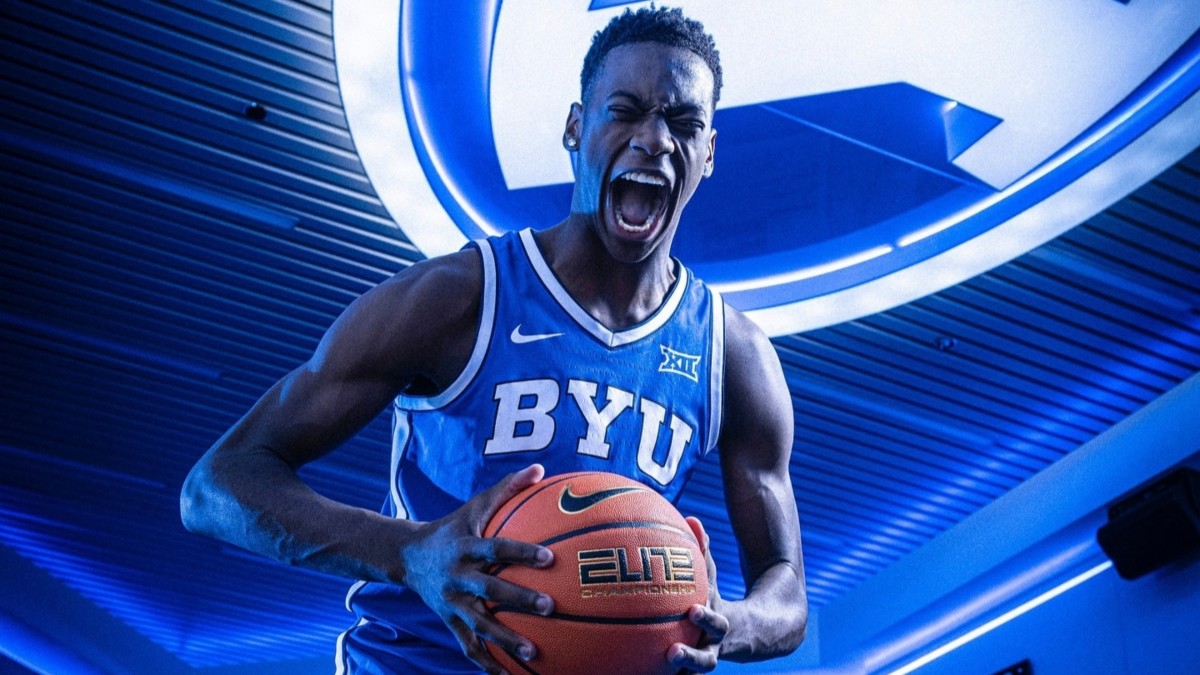
AJ Dybantsa Makes Big Move on Wednesday to Expand His $4.1 Million NIL Portfolio originally appeared on Athlon Sports.
Although the next college basketball season feels like it’s years away from starting, BYU’s No. 1 overall recruit, AJ Dybantsa, has already proven he is a star.
Advertisement
This past week, he helped lead a star-studded Team USA squad to a gold medal in the FIBA U19 World Cup in Switzerland, earning tournament MVP honors. On Wednesday, he inked a massive NIL deal with one of the most prestigious companies in sports memorabilia.
As announced on social media by Topps, which has been making iconic collectible sports cards since 1950, Dybantsa and the memorabilia giant have inked an NIL partnership.
“JUST IN: We’re excited to announce that we’ve signed BYU star AJ Dybantsa to an exclusive trading card & memorabilia deal 🏀🔥 Welcome to the family, AJ,” read the post.

BYU college basketball signee AJ Dybantsa.AJ Dybantsa/BYU Athletics
For Dybantsa, in addition to his latest move, he now has NIL deals with major brands such as Nike, Fanatics and Red Bull. His $4.1 million NIL Valuation is also the fourth-highest among all college athletes according to On3, trailing only Ohio State wide receiver Jeremiah Smith, Miami quarterback Carson Beck and Texas quarterback Arch Manning.
Advertisement
It’s unclear how much this deal is worth, but it’s hard to imagine his valuation won’t see an increase in the near future.
As for BYU, there may not be a college basketball program with as much hype around them as the Cougars. They brought in a recruiting class that On3 ranks as the sixth-best in the country, complemented by a transfer portal class that ranks as the No. 32 class in the country.
With a major buy-in from boosters, the pressure will be on in Provo next season.
Related: Walter Clayton Jr. Turns Heads With Latest NBA Summer League Explosion
This story was originally reported by Athlon Sports on Jul 9, 2025, where it first appeared.
NIL
Report: FOX Sports unlikely to license Big Ten, Big 12 games for possible college football RedZone
Fans hoping for a college football version of the NFL RedZone following a deal between ESPN and the NFL might have to wait a bit for some complicated wrinkles to be ironed out. Rights will have a lot to do with it. While the NFL’s television rights deals are relatively consolidated, college football’s are not. […]
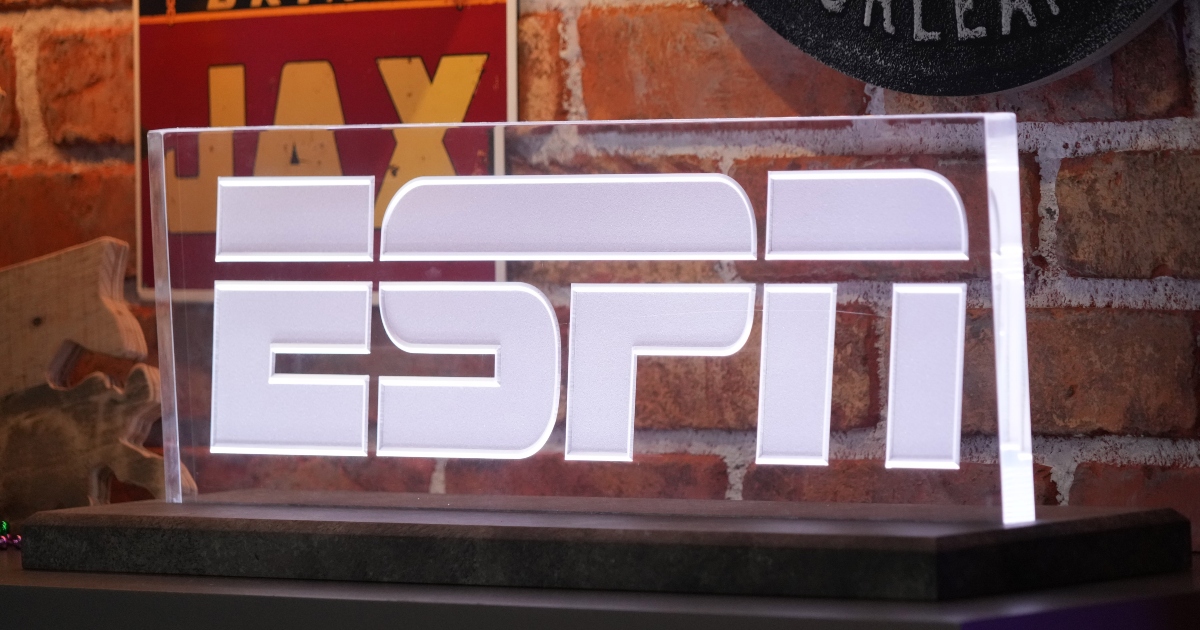
Fans hoping for a college football version of the NFL RedZone following a deal between ESPN and the NFL might have to wait a bit for some complicated wrinkles to be ironed out. Rights will have a lot to do with it.
While the NFL’s television rights deals are relatively consolidated, college football’s are not. And that could create some serious hurdles to a college RedZone package.
According to a report from Front Office Sports, FOX Sports could be a significant hurdle in the race to produce a college RedZone offering. FOX carries the Big Noon game of the week in the Big Ten, as well as other conference offerings for both the Big Ten and Big 12.
And FOS reports that FOX is unlikely to license its Big Ten or Big 12 games to ESPN for fear of cannibalizing its own viewership. Per FOS: “Fox would require significant ownership in the venture to have any willingness to participate.”
The news comes after hints of a potential college RedZone offering for fans. The NFL’s recent deal with ESPN allowed the sports giant to take over the NFL RedZone package.
Even NFL commissioner Roger Goodell has hinted at a college version of the extremely popular broadcast. To wit:
Roger Goodell hints at College RedZone
Roger Goodell is looking into having a RedZone channel for college football after ESPN acquired the NFL Network. While appearing on ESPN’s SportsCenter, the NFL commissioner hinted at the potential launch of College Football RedZone.
“It’ll continue to be produced right here in this building,” Roger Goodell said from NFL Network’s broadcast studio in L.A. when asked about the future of NFL RedZone. “It will be the NFL RedZone. I don’t think fans will see any difference to that.
“Obviously, in the context of that, though, ESPN purchased the RedZone name, and they will be able to utilize that for other sports, college football and other things, and I think that could be an exciting thing for our fans also to see a RedZone, maybe in college football or other sports. That’s something that they now own and have the ability to do that. But as far as Red Zone, NFL Red Zone, there won’t be any changes for our plans.”
On3’s Brian Jones also contributed to this report.
NIL
Todd McShay raves about NIL investment by Texas Tech, potential in Big 12
One of the biggest stories of the offseason came in Lubbock. Texas Tech received a major NIL investment from its collective, The Matador Club, and brought in the top-rated transfer portal class. Suddenly, the Red Raiders are seen as potential contenders in the Big 12. Todd McShay raved about the roster overhaul and how it […]

One of the biggest stories of the offseason came in Lubbock. Texas Tech received a major NIL investment from its collective, The Matador Club, and brought in the top-rated transfer portal class.
Suddenly, the Red Raiders are seen as potential contenders in the Big 12. Todd McShay raved about the roster overhaul and how it put the program in strong position in an intriguing race.
McShay shouted out The Matador Club and founder Cody Campbell for the investment as he pointed out the transfer additions at Texas Tech. The class ranked No. 1 in the On3 Team Transfer Portal Index with Stanford transfer David Bailey as the headliner. He appeared in McShay’s “appropriately early” mock draft Thursday.
Texas Tech’s roster is one of the most expensive in college football, On3’s Pete Nakos reported. The group of newcomers could boost the floor for Texas Tech under Joey McGuire. As McShay looked at the Big 12 landscape, he thinks the Red Raiders are up toward the top along with Arizona State.
“Joey McGuire now, head coach, 23-16 during three years. Pretty good,” McShay said on The Todd McShay Show this week. “They haven’t had great talent. They lose Tahj Brooks and 1,505 [yards] he rushed for last year. So they lose that, but now you got all these other [players] and now we’re in the Big 12. Not the competition level of certainly the SEC and Big Ten and even the ACC.
“Arizona State, still the top dog. Sam Leavitt returns. [Cam] Skattebo’s out, they brought in a running back transfer, they’re gonna have two or three-man rotation. They’re going to spread things out more. It’s going to be Leavitt’s offense, not Skattebo’s, not the run game. Jordyn Tyson, a wide receiver, leading in the charge.”
McShay also pointed out some of the notable quarterbacks in the league. Avery Johnson is back at Kansas State, Rocco Becht is returning to Iowa State and Sawyer Robertson is preparing to once again lead the Baylor offense. Additionally, Utah is optimistic about its offensive line protecting Devon Dampier.
But as Todd McShay ran through those rosters, he still thinks Texas Tech put itself over the top with its work in the portal. As a result, he thinks the Red Raiders have one of the top rosters in the Big 12.
“I mentioned all those other programs – BYU, Kansas State, Iowa State, Baylor, Utah – based off of, like, the portal and all this talent coming in, there are a lot of people that believe it could be ASU [as] top dog and Texas Tech,” McShay said. “And I haven’t you mentioned Colorado, right? That’s going to be fascinating in the Big 12.”
NIL
Women’s Soccer Surges Past Stonehill
NEWTON, Mass. – Boston College women’s soccer opened the 2025 season on Thursday evening with a 4-1 victory against Stonehill. The two sides remain deadlocked in a scoreless battle for the first 45 minutes, with both sides trading off scoring opportunities The freshman Emily Mara opened the scoring in the seventh minute of the second […]
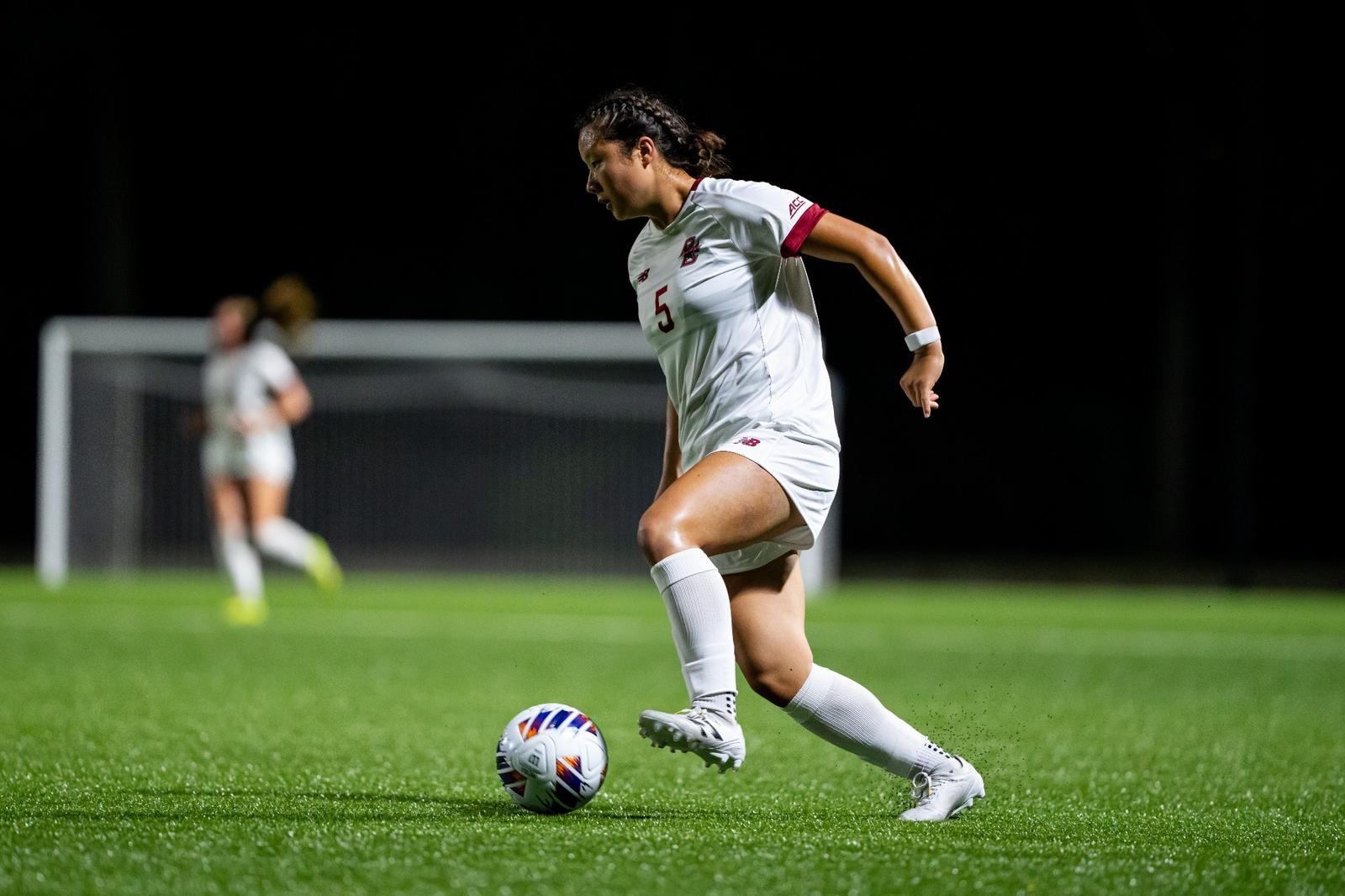
The two sides remain deadlocked in a scoreless battle for the first 45 minutes, with both sides trading off scoring opportunities
The freshman Emily Mara opened the scoring in the seventh minute of the second half with her first goal for the Eagles, firing a shot from just outside the box that landed into the top corner.
BC doubled the lead in the 57th minute of play when Milla Lee tallied her first career goal, coming from just inside the box. Sohana Spencer picked up her point of the season with a cross that set up Lee.
Senior Sophia Lowenberg added to the lead a minute after Lee’s goal, scoring from outside the box. Amalia Dray added the final goal of the night for BC, scoring a header off a corner kick in the 63rd minute.
The Skyhawks were able to just cut into the deficit in the 79th minute.
BC held the edge in shots on goal, 10-4. Sophie Reale and Sohana Spencer both picked up an assist on the night to earn their first points as an Eagle.
The Eagles return to action on Sunday at 1:00 p.m. against FDU.
NIL
Bill Belichick highlights building UNC football roster with NIL money
Ten years ago, college football programs only had to worry about building their roster through high school recruiting and – when compared with 2025 – a much-less active transfer portal. Now, college football programs have to worry about landing players with NIL money. Just look at UNC’s pursuit of a starting quarterback for this fall, […]
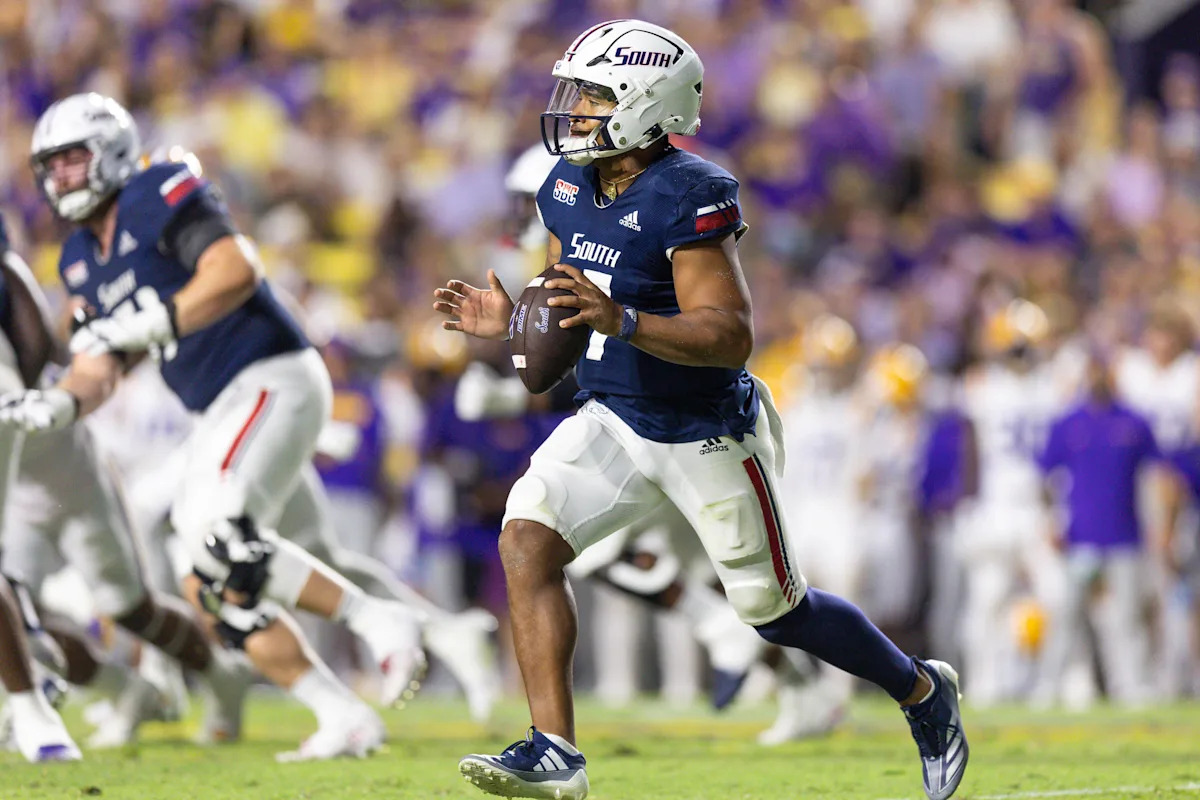
Ten years ago, college football programs only had to worry about building their roster through high school recruiting and – when compared with 2025 – a much-less active transfer portal.
Now, college football programs have to worry about landing players with NIL money. Just look at UNC’s pursuit of a starting quarterback for this fall, as Gio Lopez signed a $4 million deal to come over from South Alabama.
Advertisement
North Carolina also landed its entire, projected starting defensive line through the transfer portal, plus its likely starting center in Christo Kelly.
During media availability before practice on Wednesday, Bill Belichick spoke about building the Tar Heels with money now in the picture.
“Right now, we’re kind of in between the revenue, what it’s going to be next year is a little bit different than what it is now,” Belichick said. “We’re going to have a recruiting class come in that’s going to affect it more than with last year’s recruiting class, because we didn’t really have much of one. So I think the economics are going to change significantly from ‘25 to ‘26. Let’s just say, generally speaking, we want to try to get good players. I wouldn’t want to lose a good player over a few $1,000 because, say we’re over our budget. If he’s that good of a player, we give them a little bit of the extra money to get them and figure it out somewhere else.” So it’s a very fluid situation, but to Mike’s point, I definitely agree. Mike and I are on the same page. Offensive and defensive lines are important, you’ve got to have that.”
UNC made a significant investment into its football program last year, hiring Belichick to be its next head coach, which in turn increased UNC’s NIL budget. North Carolina’s hope is it’ll be able to land higher-quality players as a result, which we’ll get a first taste of this fall.
Follow us @TarHeelsWire on X and like our page on Facebook to follow ongoing coverage of North Carolina Tar Heels news, notes and opinions.
Advertisement
This article originally appeared on Tar Heels Wire: Bill Belichick highlights importance of building UNC roster with money
NIL
Cowgirl Soccer Opens Season With Win
STILLWATER – Oklahoma State won its ninth consecutive season opener Thursday night with a 2-0 victory over Mercer at Neal Patterson Stadium. The 22nd-ranked Cowgirls scored both goals off corner kicks in the final 10 minutes, with Reganne Morris and Xcaret Pineda each finding the back of the net. In her first-career start, Logan […]

The 22nd-ranked Cowgirls scored both goals off corner kicks in the final 10 minutes, with Reganne Morris and Xcaret Pineda each finding the back of the net.
In her first-career start, Logan Marks recorded four saves on eight shots by the Bears to earn the shutout.
Despite controlling the attack throughout, the Cowgirls did not break through until the 81st minute. Off a Pineda corner kick into the box, Jazmin Brown headed the ball forward to Morris, who lifted a header of her own over Mercer goalie Lindsay Bell and into the net.
Pineda sealed the win with just over a minute remaining in the match when she drilled a corner kick that sailed over Bell and curved into the far post to put OSU up 2-0.
OSU finished with a 26-8 advantage in shots, while posting an 11-2 edge in corner kicks.
The Cowgirls return to action Sunday when they travel to Norman to take on Bedlam rival Oklahoma in a match scheduled for a 7 p.m. start.
NIL
President Trump's Recent Executive Order Presents New Challenges & Opportunities For …
President Donald Trump issued an Executive Order on July 24, 2025, entitled “Saving College Sports,” adding a new layer of complexity to the dynamic and constantly evolving landscape of college sports. The new Executive Order directs members of President Trump’s Cabinet to “provide the stability, fairness, and balance necessary to protect student-athletes, collegiate athletic scholarships […]

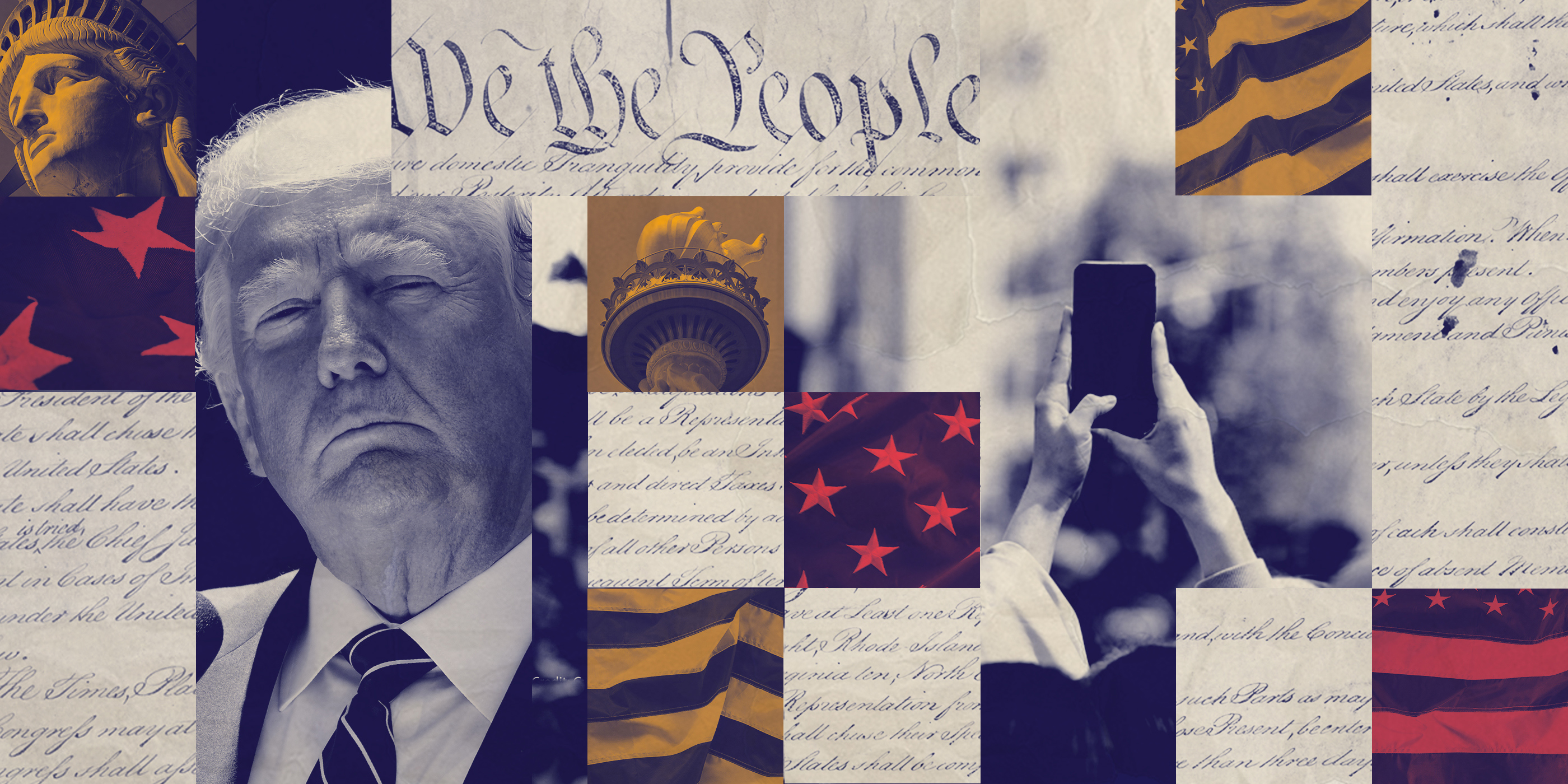

President Donald Trump issued an Executive Order on July 24, 2025, entitled
“Saving College Sports,” adding a new layer of complexity
to the dynamic and constantly evolving landscape of college sports.
The new Executive Order directs members of President Trump’s
Cabinet to “provide the stability, fairness, and balance
necessary to protect student-athletes, collegiate athletic
scholarships and opportunities, and the special American
institution of college sports,” in response to what the
Administration refers to as the “mortal threat” of
third-party pay-for-play deals.
Addressing a “Mortal Threat” to College
Sports
The Executive Order takes aim at third-party pay-for-play and
donor driven collective deals in college sports (not to be confused
with direct revenue sharing by schools, as permitted by the House settlement, while preserving
the ability of college athletes to continue to pursue fair market
value brand deals. The new Executive Order claims that third-party
pay-for-play deals are a “rudderless system in which competing
university donors engage in bidding wars for the best players, who
can change teams each season” and that they create an
“oligarchy of teams [with access to wealthier donor pools]
that can buy the best players.” The concern, according to
President Trump’s Order, is that university donors will funnel
the vast majority of resources to support college football and
basketball programs—to the detriment of other programs
(including Olympic sports).
In response, President Trump’s order would create rules and
regulations that prohibit third-party pay-for-play deals from
university donors and collectives to athletes, protect collegiate
athletic scholarship opportunities, and promote women’s and
Olympic sports.
Protecting Women’s Sports, Non-Revenue Sports, and
Prohibiting Third-Party Pay-for-Play
Section Two of the Executive Order sets out parameters for
promoting women’s and non-revenue sports. For example, the
order issues the following scholarship directives, based on
athletic department revenue:
- Athletic departments generating more than
$125,000,000 in revenue during the 2024-25 season
are directed to provide the maximum number of roster spots in
non-revenue sports permitted under the House settlement, and to
increase the amount of scholarships they offered in non-revenue
sports over the previous year; - Athletic departments generating between $50,000,000 and
$125,000,000 are directed to provide the maximum number of
roster spots in non-revenue sports and as many scholarships as they
did in the 2024-25 season; and - Athletic departments generating $50,000,000 or
less are warned to refrain from “disproportionately
reduc[ing] scholarship opportunities or roster spots for sports
based on the revenue that the sport generates.”
The Executive Order also sets out to ban third-party
pay-for-play payments (i.e., payments from donors directly to
athletes to entice athletes to play at a certain university). This
should not be confused with third-party sponsorship agreements for
fair market value (i.e., brand endorsements), which the Executive
Order treats as a distinct concept and does not set out to
prohibit. This builds off of the House settlement and the
creation of the College Sports Commission—a newly formed watchdog that evaluates the fair
market value and business purpose of every NIL deal valued over
$600.
Revisiting Employment Status
The Executive Order also directs the Secretary of Labor and the
National Labor Relations Board to certify college athletes’
employment status. Given that the Executive Order’s stated
goals include “preserv[ing] the critical educational and
developmental benefits of collegiate athletics,” the current
administration will likely confirm that student-athletes are
not employees, which it previously signaled is its
position by departing from prior efforts to certify
them as employees. Such a determination, should it come, would
limit college athletes’ ability to organize, unionize, and
collectively bargain with the NCAA and its member universities.
A Better Path Forward
While many of the stated goals of the Executive Order (i.e.,
regulating the transfer portal and promoting women’s and
Olympic sports) are commendable, questions remain as to whether the
Executive Order is the most appropriate means to achieve these
goals, and more generally, whether it is appropriate for the
executive branch of government, rather than Congress or the NCAA,
to make these changes.
One of the greatest challenges affecting college athletics is
the transfer portal. As it currently stands, athletes are permitted
to transfer after every season, effectively becoming free agents
each year as other universities attempt to recruit them, sometimes
utilizing lucrative compensation packages to do so. Critics of the
current system argue that the constant movement of college athletes
stunts their individual academic development, undermines the
ability of coaches to build and develop teams, introduces
exceptional unpredictability in team planning, creates a system
where the top spending programs take formerly undervalued prospects
who were well coached at smaller programs without providing any
return value to the smaller programs, and otherwise provides an
environment of instability that is challenging for coaches and
athletic directors to manage.
President Trump, Congress, and the NCAA should look to
professional sports for models that can remedy these issues. In
professional sports, team owners and players negotiate collective
bargaining agreements that set the metes and bounds of contracts,
health and safety, revenue sharing, etc. Such negotiations include
caps on how much a single player can earn, how many days per week
teams are permitted to practice, insurance benefits for athletes,
and how many games will be played in a season. There is nothing
that prevents the NCAA from imposing similar rules that would
strike a fair balance of protecting college athletes’ health
and safety and their right to profit from their performance and
NIL, while stabilizing the transfer portal (i.e., requiring
athletes to spend at least two seasons at their first school).
Additionally, revenue to support and promote women’s college
sports and Olympic sports (such as track and field, swimming and
gymnastics among others), can be derived by encouraging free market
solutions, instead of limiting the amount of money available to and
earned by college football and men’s basketball players. The
NCAA and Congress should focus on rules and policies that would
provide incentives for athletic departments to drive revenues
across all sports and aspects of their business. This includes
grants and tax breaks for field and arena improvements, encouraging
national broadcasts of women’s and Olympic sports, supporting
live events, better utilizing arena/stadium facilities when not in
use for games, moving to national sponsorship models and improving
sponsorship rates and terms, using media and entertainment
platforms to drive value, monetizing game-day adjacent activities
(such as tailgates, festivals and concerts, and zoning for bars,
restaurants, hotels and other ancillary properties and investments
near sports venues), and otherwise enabling the free market to work
to reward the most competitive business models.
Instead of flat-out banning third-party pay-for-play agreements
and limiting donor investments into college sports, the NCAA and
Congress should work together to implement equitable transfer rules
and encourage revenue generation across all sports; which, when
combined, will provide much needed stability and accomplish
President Trump’s goals, while also allowing college athletes
to be fairly compensated for their work.
Takeaways
The Executive Order does not create any binding law. Rather, it
directs agencies and departments of the current Administration to
create new laws and policies regulating college athletics,
prioritizes college athletic legislation towards the top of the
congressional agenda, and publicly announces the
Administration’s stance on the issue.
Representatives Brett Guthrie, Tim Walberg, and Jim Jordan, each
of whom helped advance the SCORE Act to the House floor (the farthest any
Federal NIL legislation has so far progressed), issued a statement lauding the Executive Order as a
perfect complement to their bill, which recently advanced to a full committee vote.
The SCORE Act, which may be voted on after the summer recess,
includes NCAA-favorable clauses that are in line with President
Trump’s views, inter alia, a requirement that all NIL
deals meet a valid business purpose related to the promotion of
goods or services (aligning with the College Sports
Commission’s guidance), and language that pre-empts state NIL
laws. Democrats have been critical of the SCORE Act for not going far
enough to protect college athletes, and have offered an alternative
proposal, introduced by Senator Chris Murphy and Representative
Lori Trahan as the College Athlete Economic Freedom Act. Their bill
does not seem to have sufficient support to move forward.
While the current conditions and requirements of the
House Settlement remain intact, it is clear that the Trump
Administration remains keen on implementing further guardrails that
appear intended to scrutinize third-party pay-for-play deals. To
that end, interested stakeholders (i.e., universities, athletic
programs, collectives), should work with their advisors to continue
to monitor any legislative and legal developments in the space, to
ensure continued compliance with any paradigmatic changes brought
upon by the Trump Administration.
Manatt’s college athletics team will continue to monitor and
provide updates on NIL rules and regulations as they develop,
including with respect to Section 4 of the Executive Order, which
directs the Attorney General and Federal Trade Commission to review
and potentially revise litigation guidelines affecting collegiate
athletics, and to plan for future litigation challenges within 60
days of the order.
We are available to counsel college athletic departments and
athletes navigating the complex terrain of college athletics and
those seeking advice on driving revenue to support their programs
and athletes.
The content of this article is intended to provide a general
guide to the subject matter. Specialist advice should be sought
about your specific circumstances.
-

 Technology3 weeks ago
Technology3 weeks agoAlly Runs New Game Plan in WNBA All-Star Rookie Debut
-

 Health2 weeks ago
Health2 weeks agoThe Women Driving A New Era In U.S. Ski & Snowboard
-

 NIL2 weeks ago
NIL2 weeks agoESPN Announces 'dont wait run fast' by mgk as New College Football Anthem for 2025
-

 College Sports3 weeks ago
College Sports3 weeks agoCity rows to sporting destination goal on boats of new complexes & old strengths
-
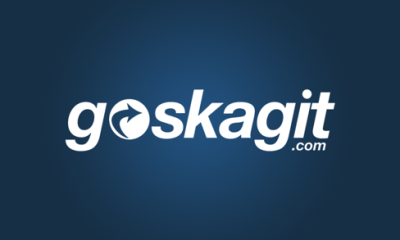
 Sports3 weeks ago
Sports3 weeks agoNtekpere honored as Second Team Academic All-American | APG State News
-

 Rec Sports1 week ago
Rec Sports1 week agoSwimming & Diving Comments on the Rules – 2025-26
-

 Technology1 week ago
Technology1 week agoAmid Sports Chaos, ‘Known’ Data and Outcomes Help Agency Win
-

 College Sports2 weeks ago
College Sports2 weeks agoRep. Pugh: The Red Sand Project brings awareness to ‘very serious issue’
-

 Rec Sports1 week ago
Rec Sports1 week agoSternberg named new youth center director | News, Sports, Jobs
-

 Fashion3 weeks ago
Fashion3 weeks agoWhere to watch Chile vs. Paraguay today
































